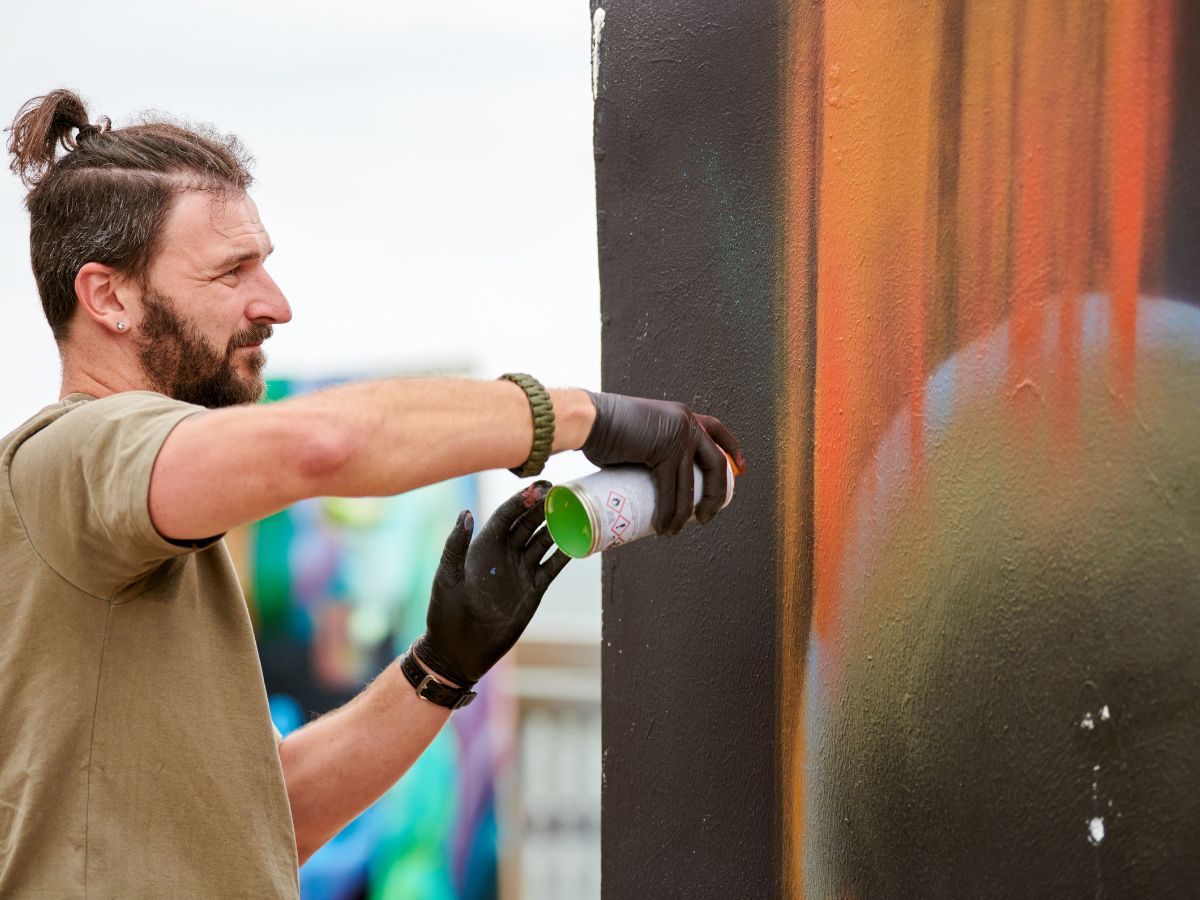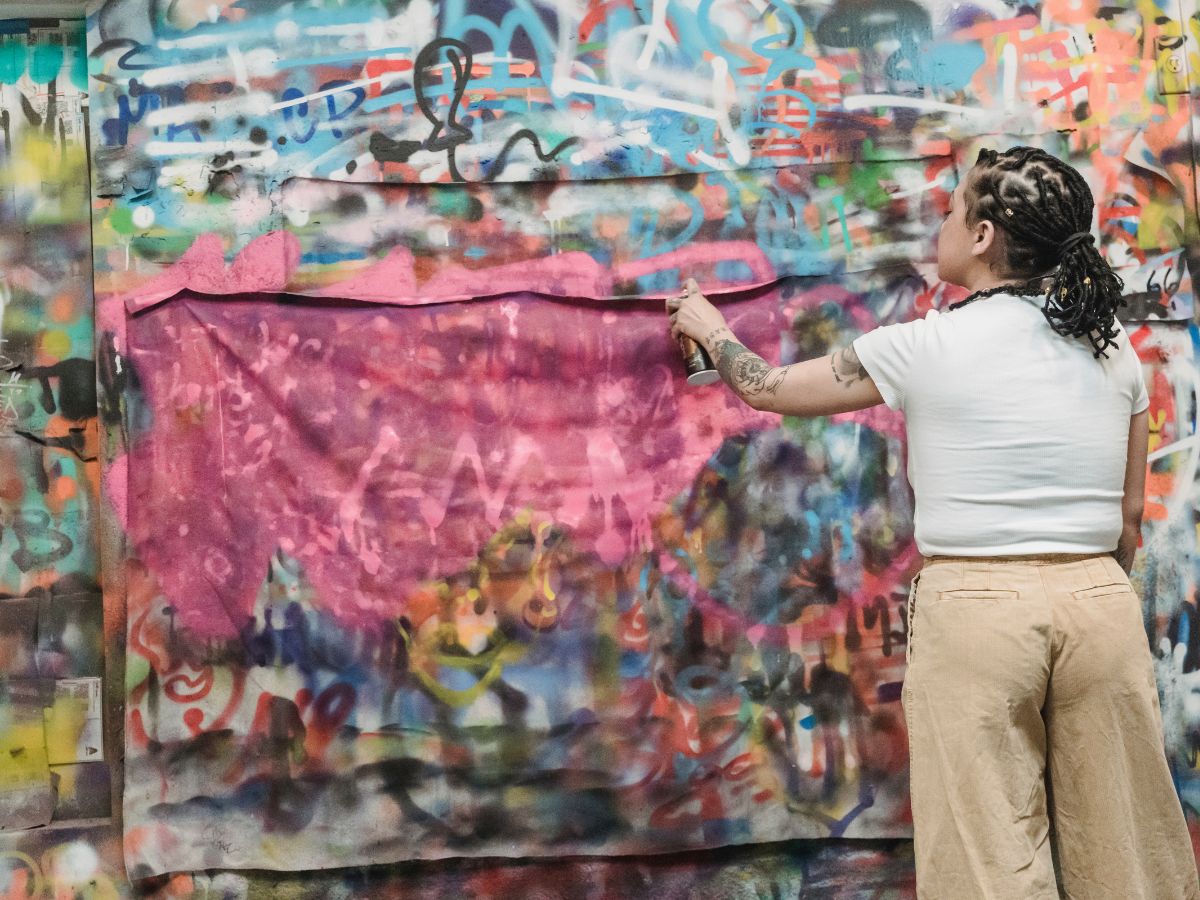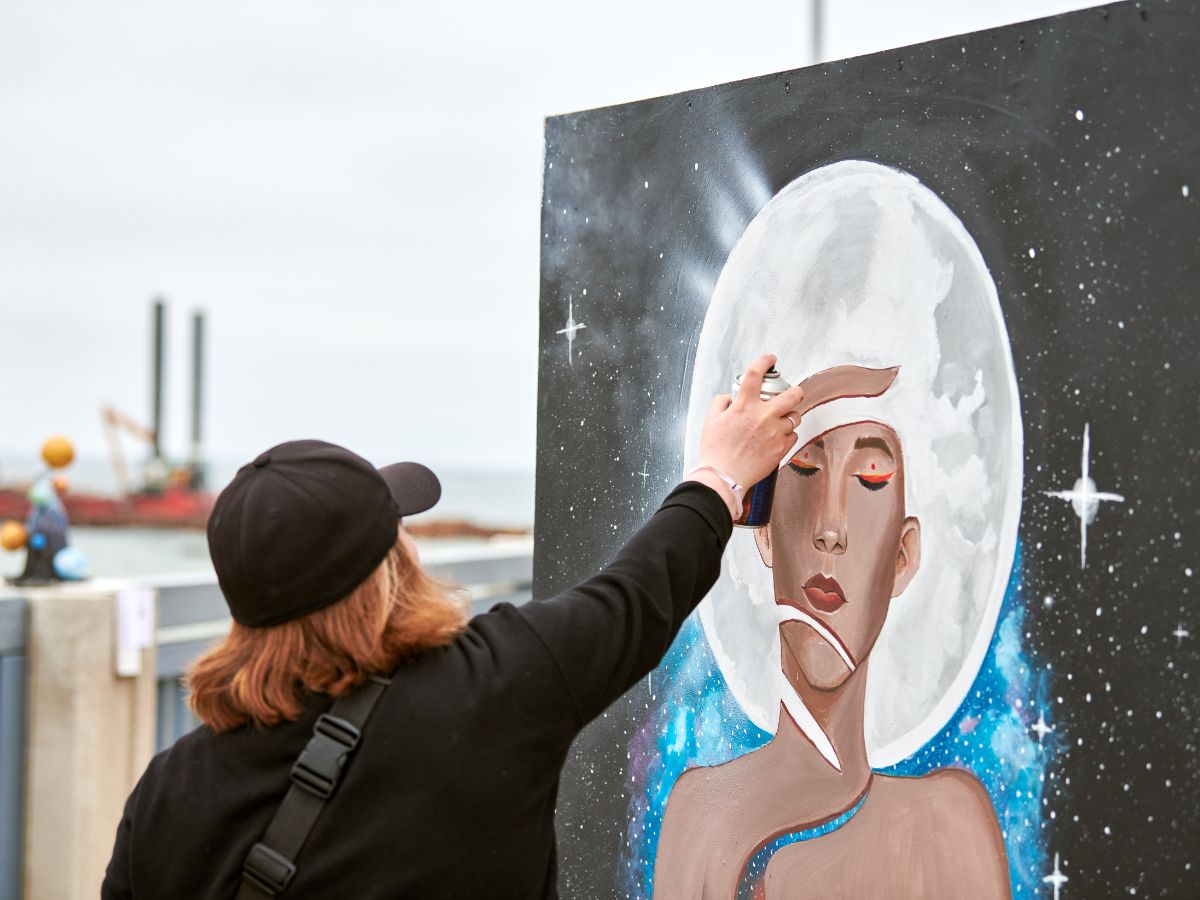
How Muralists Can Maintain Creative Control Over Their Designs
As a muralist, balancing your artistic vision with client expectations can be a challenge. Whether you’re working on a public art commission or a private project, it’s crucial to maintain creative control while delivering a result that satisfies everyone involved. Here are some practical strategies to help you safeguard your artistic integrity without compromising on professionalism.
1. Define Clear Terms from the Start
One of the best ways to maintain control over your design is to set expectations clearly from the start. When discussing the project with a client, explain your artistic process, your design preferences, and your overall vision. Be upfront about the level of creative freedom you need to feel comfortable with the project. Establishing this understanding early on prevents misunderstandings later in the process.
For example, if you’re working with a business that has a specific brand aesthetic, you might need to adjust your design approach. But you can still maintain your creative input by negotiating elements like color schemes, themes, or the overall feel of the mural. Clear communication can make sure both parties are on the same page before the first brushstroke hits the wall.
2. Negotiate a Solid Contract
Contracts are essential tools for muralists to maintain control over their work. A well-written contract protects both you and your client, outlining the project scope, timelines, payment schedules, and, most importantly, creative rights. Make sure your contract includes specific language around creative decisions.
Consider adding clauses that specify the level of client input, the number of revisions you’re willing to accommodate, and the decision-making authority when it comes to design changes.
By setting boundaries on revisions, you reduce the risk of endless modifications that can dilute your original concept. Contracts also give you legal backing if creative disputes arise during the project.
3. Provide Mockups and Visualizations
Clients often feel more comfortable when they can visualize the final product. To maintain artistic control, provide them with mockups or sketches of the mural in advance. Digital visualizations can help clients see how your design will interact with the space, reducing their anxiety and need to interfere later.
Offering a clear preview can also help you maintain your creative direction, as clients are less likely to request changes if they’re satisfied with the initial mockup. Make sure to explain that the final mural may include subtle changes due to the nature of large-scale, on-site work, allowing you the flexibility to adjust your design as needed during the process.
4. Build a Collaborative Relationship
The more trust your client has in your abilities, the more creative freedom you will likely have. Building strong, collaborative relationships helps foster this trust. Involve your client in the design process by asking for feedback at key stages, but position yourself as the expert. Explain why certain artistic decisions, such as composition or color choices, are important to the overall success of the mural.
When clients feel they’re part of the process, they are more likely to respect your decisions. However, ensure that you remain the creative lead by explaining the professional reasons behind your choices.
5. Educate Clients on Your Artistic Vision
Sometimes, clients may not fully understand the artistic process or how creative decisions impact the final mural. Take the time to educate them about your design principles, color theory, and why your approach works for the space or the audience. This helps reduce unnecessary interference and ensures clients value your expertise.
An educated client is less likely to micromanage your work, and this also demonstrates your professionalism, which can lead to future projects where you’ll have more creative control from the start.
By implementing these strategies, muralists can navigate the complexities of working with clients while retaining creative control. From solid contracts to effective communication, each step helps ensure your artistic vision stays intact and your client walks away satisfied with a mural that reflects both your skill and your creativity.

